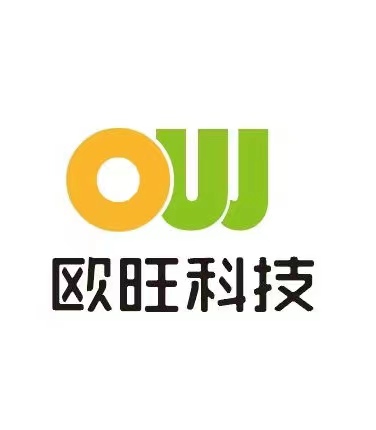

Nov . 22, 2024 22:46 Back to list
Eddy Current Separator Design Principles and Applications
Eddy current separators (ECS) are vital devices used in recycling and mineral processing industries for the effective separation of non-ferrous metals, such as aluminum, copper, and brass, from waste streams. The design of these separators plays a crucial role in determining their efficiency and effectiveness. This article explores the fundamental principles behind the eddy current separator design, discussing its components, operational mechanisms, and applications.
Principles of Operation
At the core of an eddy current separator is its ability to exploit the magnetic properties of conductive materials. The system operates on the principles of electromagnetic induction. When a non-ferrous metal moves through a magnetic field generated by a rotating magnet, it induces eddy currents in the metal. These eddy currents, in turn, produce their own magnetic fields, which interact with the original magnetic field, leading to a repulsive force that propels the metal away from the waste stream. This process is effectively utilized to separate non-ferrous metals from other materials, promoting efficient recycling.
Key Design Components
1. Magnetic Rotor The design of the magnetic rotor is paramount in determining the separator's performance. It typically consists of a series of permanent magnets arranged on a rotating drum. The magnetic field strength, configuration, and rotational speed can significantly influence the efficiency of the separation process. A well-designed rotor can maximize eddy current generation in non-ferrous metals.
2. Conveyor System The conveyor system transports the mixed waste materials towards the magnetic rotor. The width, speed, and angle of the conveyor belt must be carefully calculated to ensure optimal material flow. The design must also accommodate various feed sizes to maintain continuous operation and prevent material buildup.
3. Separation Chamber This is the zone where the actual separation takes place. The design of the separation chamber affects the trajectory of the particles as they are influenced by the magnetic field. Proper shaping and sizing are critical to optimize the paths of both non-ferrous metals and non-metallic materials, ensuring maximum efficiency in separation.
4. Controls and Sensors Modern ECS units are often equipped with advanced controls and sensors that monitor the operational parameters, such as magnetic field strength and material flow rates. These systems can adjust rotational speeds and conveyor settings in real-time, enhancing performance and accuracy in the separation process.
Considerations in Design

Effective design of an eddy current separator involves several considerations
- Material Properties Understanding the types of materials being processed helps in selecting appropriate rotor designs and strengths. Different non-ferrous metals may require different magnetic field strengths for optimal separation.
- Maintenance and Durability Designing for ease of maintenance is essential, as ECS units experience wear and tear due to constant operation. Robust materials and accessible components can reduce downtime and maintenance costs.
- Energy Efficiency With growing concerns for energy consumption, designs that optimize energy usage while maintaining high separation efficiency are increasingly important. Innovations such as variable speed drives and advanced magnetic materials can make a difference here.
Applications
Eddy current separators find applications in various industries. In the recycling sector, they are extensively used to sort aluminum cans, copper wires, and other non-ferrous metals from mixed waste streams. In the mining industry, ECS units help in the recovery of valuable metals from ores and tailings, contributing to resource efficiency.
Additionally, they are employed in the production of automotive parts, electronic waste recycling, and even in the food industry, where they help in removing metallic contaminants from raw materials.
Conclusion
The design of eddy current separators is a multifaceted process that combines principles of physics with engineering practices. The effectiveness of an ECS depends on its magnetic rotor design, conveyor system, and overall operational strategy. With advances in technology and materials, the potential applications for eddy current separators continue to expand, playing an essential role in promoting efficient recycling and resource recovery in various industries. As industries seek to become more sustainable, continued innovation in the design of these separators will be critical in addressing future challenges.
Latest news
Troubleshooting Common Eddy Separator Problems
NewsJul.04,2025
The Role of Metal Recycling Plants in Circular Economy
NewsJul.04,2025
The Impact of Recycling Line Pickers on Waste Management Costs
NewsJul.04,2025
Safety Features Every Metal Shredder Should Have
NewsJul.04,2025
How Industrial Shredders Improve Waste Management Systems
NewsJul.04,2025
How Cable Granulators Contribute to Sustainable Recycling
NewsJul.04,2025